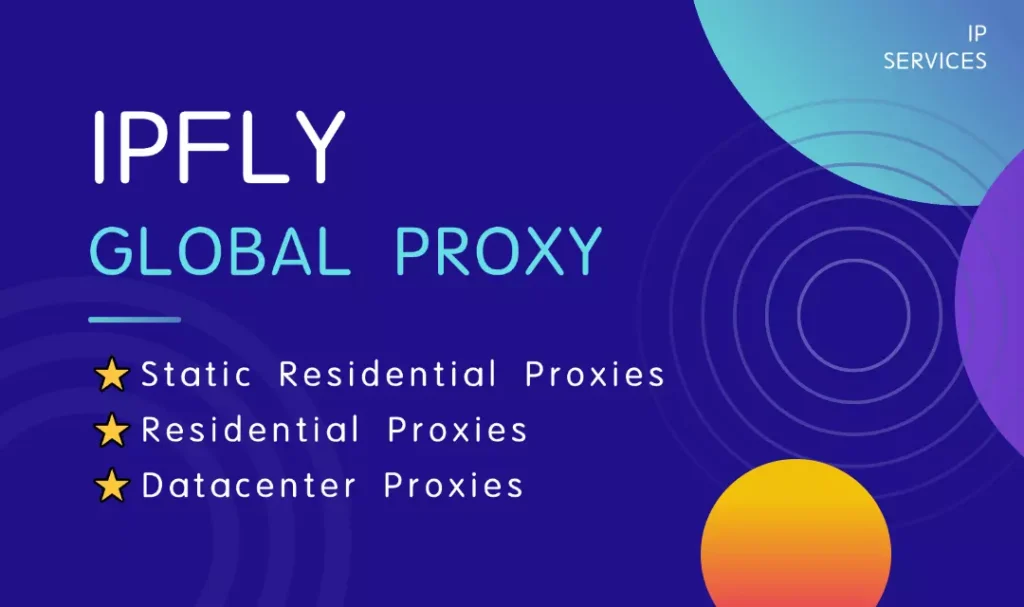X Web refers to the web-based interface of the X platform (formerly known as Twitter), a dynamic social media ecosystem where users share short-form content, engage in real-time conversations, and connect through algorithmic feeds. This platform operates on a client-server model, wherein the web client on your device communicates with centralized servers to load timelines, process interactions, and recommend content based on machine learning algorithms that analyze user behavior and engagement patterns. Such processes replicate aspects of biological neural networks, where connections strengthen through repeated activation to refine information flow, creating personalized experiences that evolve with participation. However, in controlled environments such as educational institutions or workplaces, network restrictions often impede access, functioning as selective filters that inspect data packets to block specific domains or protocols through sophisticated inspection techniques.
The pursuit of “X web” in restricted settings addresses these barriers by employing methods to reroute traffic and maintain connectivity without altering local systems. Scientifically, this involves data encapsulation and distributed computing, where requests are redirected through intermediaries to evade detection algorithms, ensuring minimal latency in interactions. This tutorial article examines the underlying network science, delineates effective approaches, and provides detailed guidance, facilitating a deeper comprehension of digital accessibility while advocating for responsible application.

The Network Science of X Web Restrictions and Unblocking Mechanisms
To comprehend accessing X web in blocked scenarios, one must analyze the mechanisms of internet restrictions. Firewalls and content filters utilize deep packet inspection, a method derived from signal processing, to scrutinize packet headers and payloads, identifying X web-related traffic based on IP addresses or communication ports. This creates a controlled digital environment, prioritizing essential functions but potentially limiting access to tools with value, such as real-time information sharing or community building that demonstrates social dynamics or data dissemination.
Unblocking strategies counteract these measures through traffic rerouting, where data is tunneled via alternative paths, increasing network path diversity to bypass barriers. Cloud-based solutions distribute computational tasks to remote servers, streaming rendered visuals as compressed video feeds, leveraging adaptive bitrate algorithms to adjust quality in response to bandwidth variations, akin to how biological systems regulate metabolic rates for efficiency. Proxies serve as intermediaries, substituting the user’s IP with another to mask origin, exploiting IP diversity to elude behavioral detection models that flag anomalous patterns. These techniques not only restore functionality but also illustrate network resilience, where systems adapt to constraints through redundant pathways, similar to neural plasticity in biological organisms.
The Mechanics of X Web and the Need for Unblocked Access
X web allows users to post updates, follow trends, and participate in discussions via a browser interface, with features like algorithmic timelines that use graph theory to map relationships and prioritize content. In restricted settings, unblocked access enables exploration of global events or educational discussions, bridging the gap between recreational use and learning potential without requiring app installations.
Cloud-Based Access: A Primary Method for X Web Unblocked
Cloud-based access provides a reliable method for X web unblocked, distributing processing to remote servers and delivering the interface as interactive content. This classifies traffic as standard web activity, evading filters by avoiding direct protocol matches. The process relies on edge computing, positioning servers nearer to users for reduced latency, quantifiable through diagnostic metrics showing improvements in response times.
Implementation requires:
1.Launching a web browser on the restricted device.
2.Navigating to a cloud interface that hosts X web.
3.Authenticating with credentials and engaging with content.
4.Interacting in real time, with the system adapting to connection conditions for sustained engagement.
This approach highlights distributed systems, where computational loads are shared to optimize resource use.
Proxy Rerouting: An Effective Strategy for X Web Unblocked
Proxies enhance X web unblocked by serving as network relays, replacing the user’s IP to circumvent filters through address diversity—a strategy inspired by genetic variation in populations for adaptive advantages. Residential proxies, simulating home connections, integrate effectively, blending with normal traffic patterns.
In relation to X web unblocked, services like IPFLY offer dedicated proxies that provide stable IPs, ensuring consistent access during sessions without activating detection mechanisms. Configuration entails:
1.Acquiring proxy credentials, including IP, port, and authentication.
2.Setting up in browser or system network preferences.
3.Loading X web to confirm unblocked status via successful authentication.
4.Monitoring performance, with adjustments to minimize any introduced delay.
This method demonstrates packet header manipulation, allowing traversal of barriers undetected.
Want to get cutting-edge proxy strategies and unlock IPFLY’s excellent proxy services instantly? Visit IPFLY.net now and join the IPFLY Telegram community—here, you’ll get real-time updates on the latest industry tips and direct access to professional services. Don’t miss the chance to boost your proxy efficiency!

Advanced Techniques: Portable Solutions and Mobile Adaptations
For greater flexibility, portable browsers executed from external storage enable isolated sessions, based on virtualization principles where environments are contained for portability. On mobile platforms, browser methods prevail for unblocked access.
Tutorial for portable implementation:
1.Downloading a portable browser to removable storage.
2.Executing on the restricted device without installation.
3.Applying proxy or cloud configurations within the browser.
4.Testing X web functionality, assessing load times and responsiveness.
These techniques underscore modularity in software design, accommodating diverse scenarios.
Educational Implications and Ethical Guidelines
X web unblocked facilitates learning, where content access teaches concepts like viral dissemination or data analytics through trend observation. Ethically, adherence to institutional policies is essential, focusing on constructive applications to avoid disruptions. Legally, compliance with terms of service is advised, promoting balanced digital participation.
In regulated contexts, consultation with administrators for approved methods is recommended, as unauthorized access may contravene guidelines. Scientifically, this encourages exploration of connectivity variables, advancing personal insight into network dynamics.
In conclusion, X web unblocked integrates network science with innovative solutions, enabling social exploration despite limitations. Through the provided guidance, individuals can apply these principles judiciously, enriching their experiences while recognizing the technological foundations.


